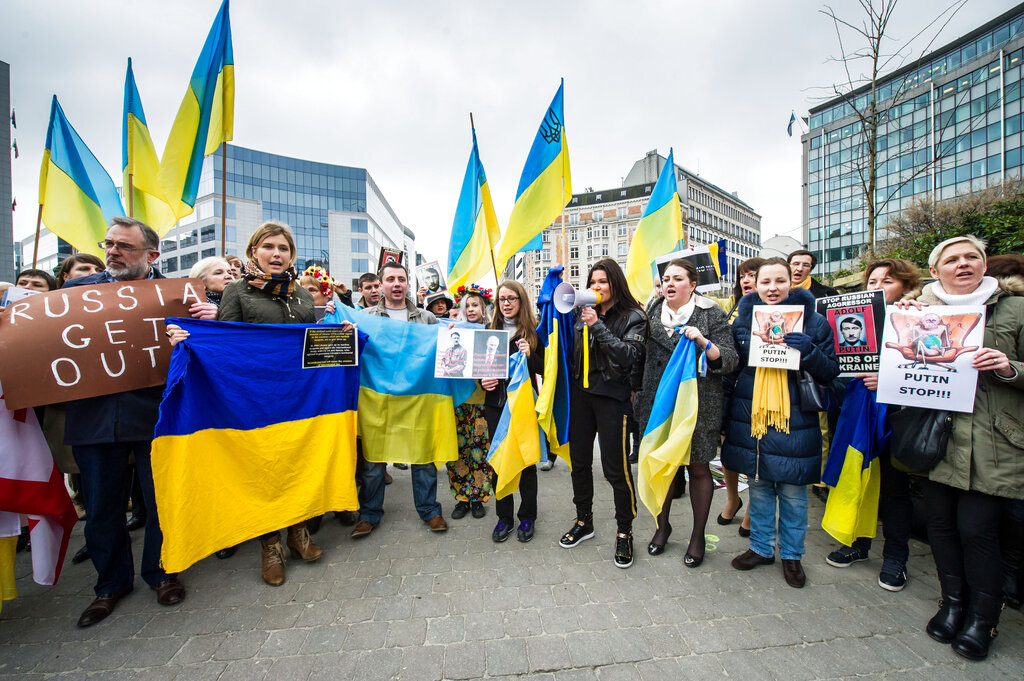Belgium’s Cautious Stance on Russian Assets: Legal Paths to a Reparations Loan for Ukraine Remain Open

Although Belgium fears becoming the first front in the confrontation with Russia due to the frozen assets, the legal pathways for their transformation into a reparations loan for Ukraine are fully open.
The European initiative to use Russia's frozen assets for financing Ukraine is facing resistance, and the most vivid case is Belgium. It is in this country that the largest volume of Russian reserves is concentrated, which Western states blocked after Russia's invasion of Ukraine. Belgium's resistance is not for ideological reasons, but for pragmatic ones: risks, responsibility, possible accompanying incidents. However, there are actually no legal obstacles that would prohibit Ukraine from receiving a reparations loan based on these assets.
What Is Russia's Pressure Scheme and Mechanisms of Influence
Russia maintains the initiative through several channels of pressure: first and foremost – through threats of court lawsuits and diplomatic countermeasures. In particular, the Belgian Prime Minister Bart De Wever warned that the country is not ready to act unilaterally: "If we 'take Putin's money', we must be ready for everything" – the quote is cited from Reuters.
Brussels also draws attention to the fact that a decision on the use of these assets may be perceived by Moscow as "confiscation" – which in the politico-legal sense creates a field for countermeasures: freezing of assets of Western companies, demands for compensation, or even measures against financial institutions.
In addition, in the information war, the Kremlin called the initiative to use Russian assets "pure theft."
Thus, the pressure scheme looks like this: Russia creates legal and financial risks for the initiator countries; asset-holding countries (for example, Belgium) believe that they may find themselves on the first line of responsibility – both for return claims and for possible countermeasures.
Why the EU Should Avoid the Principle of Consensus
Within the EU, the decision on the use of Russian assets is under pressure from internal rules: decisions of such scale usually require consensus among the 27 member states. But Belgium and several other countries express concern that they may bear a disproportionately large risk.
In this context, the argument "to bypass consensus" means: the EU (through the commission or a separate agreement) can define a format that does not require formal approval from all 27 countries, but provides for coordination with a sufficient number of initiator states and a mechanism for distributing risks. For example, Belgium demands that other countries guarantee: if something goes wrong – they will share the responsibility.
If one waits for ideal consensus, the process will drag on, and Ukraine will lose critical time. Therefore, a practically effective strategy is the creation of a coalition of sponsor countries that take on legal obligations, and a mechanism for guaranteeing risks. This will allow bypassing blockages or delays from individual asset-holding states.
Why the Transfer Is Safe, and There Are No Legal Obstacles
There are four main arguments in favor of the fact that the transfer of frozen Russian assets to Ukraine through the mechanism of a reparations loan complies with international law and does not contain unresolved legal barriers.
Not Simply "Confiscation." The plan being discussed is not the direct appropriation of Russia's assets, but a different mechanism: the frozen assets are used as collateral or a source of a loan to Ukraine, which is repaid only on the condition of payment of reparations by Russia. This reduces the risk of violating the principle of sovereign inviolability of reserves. Member countries clearly state that it is not a matter of open confiscation.
International Law on Reparations. Ukraine has a legitimate claim against Russia for aggression: the obligation to compensate for the damage caused is an established norm of international law. Involving frozen assets as a source of financing for this claim is logical and legitimate.
Mechanism for Distributing Risks and Guarantees. Belgium demands that other states take joint responsibility. If this aspect is enshrined – any legal or financial claims against Belgium as a separate party are significantly reduced.
Precedent and Political Decision. The European Commission, Germany, France are actively promoting the idea of a 140-billion loan to Ukraine based on frozen Russian assets – this means that political will and practical construction already exist.
Thus, the transfer is legally possible. There is no unsolvable legal blockade. The main obstacle is political and financial: decisions on the mechanism, guarantees, distribution of risks, interaction with the legislation of member countries.
Ukraine should not wait for full consensus in the EU or for an "ideal" mechanism. Today, the frozen Russian assets are not just reserves, they are an instrument of justice. Belgium fears being alone with the risk – but if the EU coalition and partners act responsibly, the legal pathways for the reparations loan are open. When politics and law converge – time works for Ukraine.
Volodymyr Kuznetsov, communications specialist, expert at the United Ukraine Think Tank